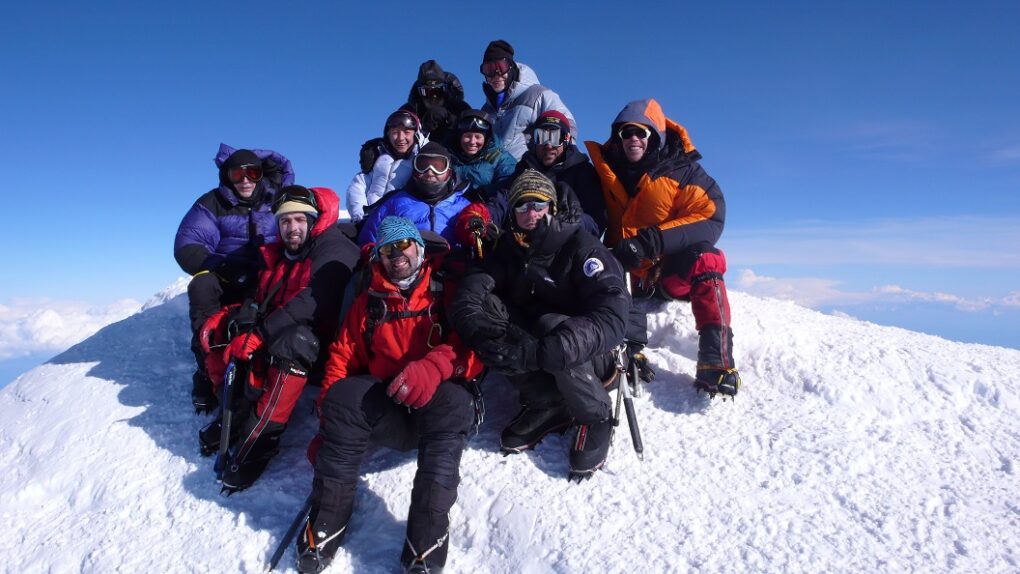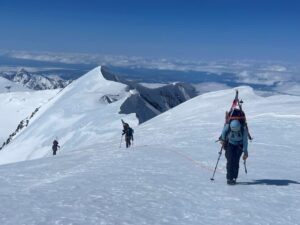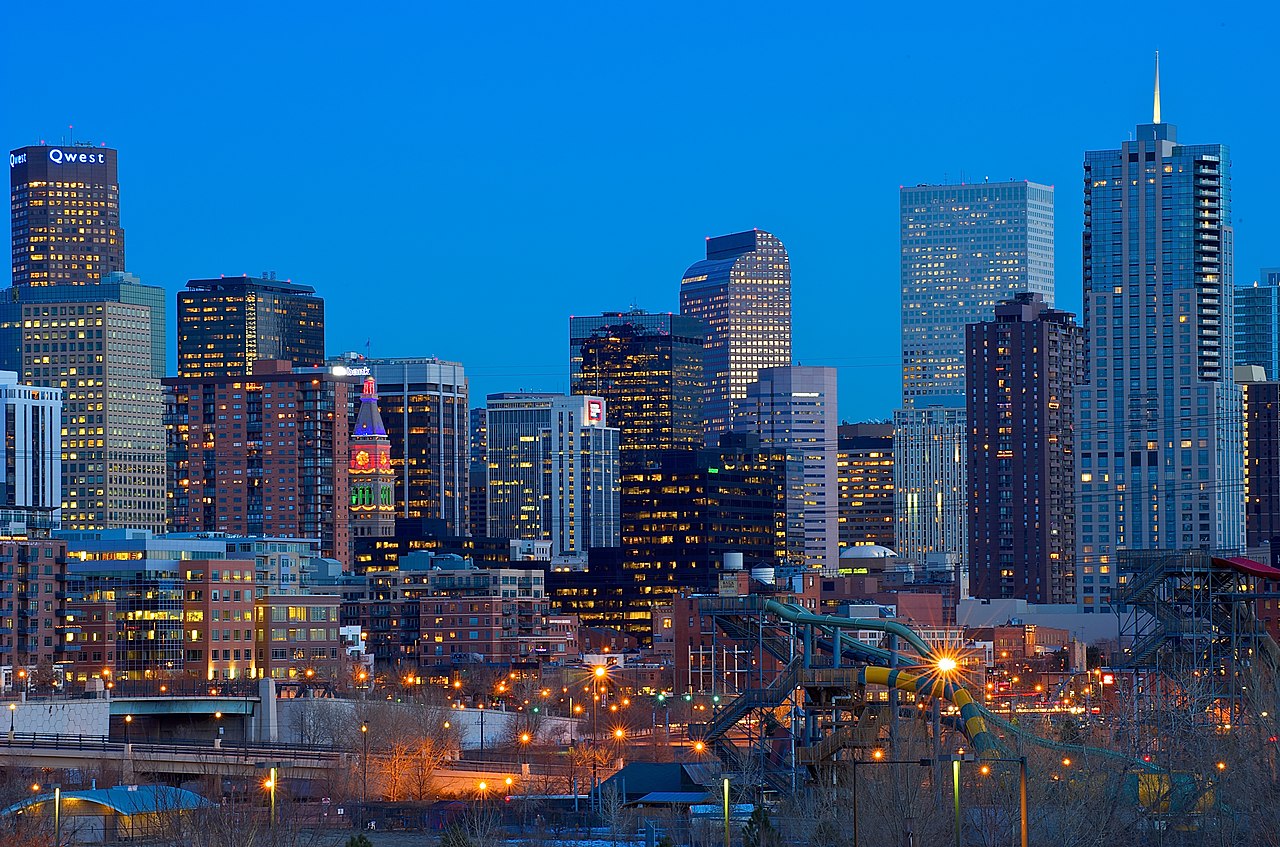Introduction
Climbing Denali: The adventure of a lifetime
Also known as Mount McKinley, Denali rises as the highest peak in North America, located in central Alaska. With a peak elevation of 20,310 feet (6,190 meters), its high altitude has attracted generations of climbers, drawing them to its challenging peaks and terrifying terrain
For climbers around the world, Denali represents a test of their ultimate ambition, skill, endurance and endurance like no other. Its size and harsh conditions make it a formidable challenge, but with the right preparation and guidance, the rewards of Mount Denali are unmatched.
Gear and Equipment
Detailed List of Essential Gear for Denali Climbing
- Climbing Gear:
- Mountaineering boots with rigid soles for traction and support.
- Crampons for ice climbing and navigating glacier terrain.
- Ice axe for self-arrest and stability on steep slopes.
- Climbing harness and carabiners for securing ropes and gear.
- Helmet for protection against falling debris and rockfall.
- Clothing:
- Insulated layers for warmth, including base layers, mid layers, and outer shells.
- Waterproof and windproof jacket and pants to protect against harsh weather conditions.
- Insulated gloves and mittens to prevent frostbite in cold temperatures.
- Warm hat or balaclava to retain heat and protect ears from frostbite.
- Sunglasses with UV protection to shield eyes from glare and snow blindness.
- Camping Equipment:
- Four-season tent designed to withstand high winds and snow loading.
- Sleeping bag rated for subzero temperatures to ensure warmth during cold nights.
- Sleeping pad or insulated mattress for insulation and comfort on snow and ice.
- Lightweight stove and fuel for melting snow and cooking meals at high altitude.
- High-altitude cookware and utensils for preparing and storing food.
- Safety Equipment:
- Avalanche beacon, shovel, and probe for backcountry travel in avalanche terrain.
- First aid kit with essential supplies for treating injuries and medical emergencies.
- GPS device or satellite communicator for navigation and emergency communication.
- Climbing rope and snow pickets for anchoring and rappelling on steep terrain.
- Personal Locator Beacon (PLB) or Satellite Emergency Notification Device (SEND) for summoning rescue assistance in case of emergencies.
Special equipment recommendations
- Invest in high quality products from reputable brands known for their durability and performance in mountainous areas.
- Choose shoes with good insulation and ankle support to avoid frostbite and injury from long days in the mountains.
- Choose clothing and accessories that are lightweight and compressable to reduce pack weight without compromising safety or comfort.
Navigation in gray and low visibility conditions
- Remain aware of your surroundings: Remain aware of your surroundings and your course even in gray conditions by paying attention to subtle ground objects and tools using navigation tools such as a compass and GPS.
- Rope Team Communication: Maintain strong communication with your rope team members to create a strategic plan and avoid straying off course. Use verbal and visual cues to communicate information and remain cooperative in challenging visual situations.
- Drive slowly and steadily: Reduce speed and proceed with caution in easy conditions to reduce the risk of mistakes or accidents during transit. Take frequent breaks and reassess your surroundings to check for progress along the way.
Communication and Emergency Protocols
Communication Devices Recommended for Denali Climbers
- Satellite Phone: Carry a satellite phone capable of functioning in remote areas with limited cellular coverage. Satellite phones provide reliable communication for emergency situations and essential updates to support teams.
- Two-Way Radios: Equip each member of your climbing team with two-way radios for real-time communication during the climb. Two-way radios facilitate coordination and quick decision-making, especially in challenging terrain or adverse weather conditions.
- Personal Locator Beacon (PLB): Carry a PLB as a last-resort emergency signaling device in case of life-threatening situations. PLBs transmit distress signals to search and rescue authorities, enabling prompt assistance in remote or hazardous environments.
Establishing Communication Protocols with Climbing Partners and Support Teams
- Pre-Trip Planning: Prior to the climb, establish communication protocols with your climbing partners and support teams to ensure effective coordination and response in various scenarios.
- Check-In Schedule: Agree upon a regular check-in schedule with designated times for communication updates between climbing teams and support personnel. Stick to the check-in schedule to maintain accountability and track progress.
- Emergency Codes: Develop a set of emergency codes or signals to communicate critical information quickly and discreetly during the climb. Use clear and concise messages to convey urgent situations and prompt appropriate responses.
Steps to Take in Case of an Emergency, Including Evacuation Procedures
- Assess the Situation: Evaluate the nature and severity of the emergency, prioritizing the safety and well-being of all individuals involved. Remain calm and focused, gathering relevant information to inform your decision-making process.
- Activate Emergency Response: Initiate the appropriate emergency response procedures based on the nature of the situation. Use communication devices to alert support teams and authorities, providing essential details such as location, injuries, and resources needed.
- Follow Evacuation Protocols: Implement evacuation protocols as necessary, coordinating with support teams to execute a safe and efficient evacuation plan. Follow established evacuation routes and procedures, prioritizing the evacuation of injured or vulnerable individuals.
- Continuously Communicate: Maintain open communication channels throughout the emergency response process, providing regular updates to support teams and authorities as the situation evolves. Keep all stakeholders informed of progress and any changes to the evacuation plan.
height and how they are changed
To understand the effect of altitude on the body
- Altitude refers to altitude above sea level and can have significant physiological effects on the body, especially as altitude increases.
- Air pressure decreases at higher altitudes, reducing the amount of oxygen in the atmosphere. This decrease in oxygen can contribute to high-altitude diseases such as altitude sickness, hypoxia, and high-grade pulmonary edema (HAPE).
Progressive strategies to avoid high-altitude disease
- Climb slowly: Climb slowly to higher altitudes, to give your body time to adjust to the thinner air and to lower oxygen levels. Avoid rapid altitude, especially above 10,000 feet (3,048 meters).
- Adequate hydration: Drink plenty of fluids, especially water, to maintain hydration at high altitudes. Dehydration can exacerbate altitude-related symptoms and increase the risk of altitude sickness.
- Rest and recovery: Include rest days in your climbing routine to give your body time to adjust to the altitude and recover from physical exertion. Avoid overexerting yourself, and listen to your body’s signals of fatigue or discomfort.
- Climb high, sleep low: Apply the “climb high, sleep low” principle by climbing to higher elevations during the day and descending to lower elevations for sleep. This approach encourages gradual environmental conditions and reduces the risk of illness at high altitudes.
- Medications: Consider taking medications such as acetazolamide (Diamox) to prevent or reduce symptoms of altitude sickness. Consult with your health care provider before using any products for height-related issues.
Conservation Efforts on Denali and How Climbers Can Contribute
- Denali National Park and Preserve is committed to preserving the natural beauty and ecological integrity of the area through various conservation initiatives.
- Climbers can contribute to conservation efforts by adhering to Leave No Trace principles, participating in volunteer programs, and supporting organizations dedicated to environmental stewardship.
- Take proactive measures to minimize environmental impact during climbs, such as avoiding unnecessary disturbance to wildlife and habitats, reducing waste generation, and advocating for sustainable climbing practices.
Weather Patterns and Climate Change Implications for Denali Climbing
- Denali’s weather is characterized by extreme cold, high winds, and frequent storms, posing significant challenges for climbers.
- Climate change is impacting Denali’s weather patterns, leading to increased temperatures, glacier retreat, and changes in precipitation patterns.
- Climbers should be prepared for unpredictable weather conditions and be vigilant about monitoring weather forecasts and conditions throughout the climb.
- Consider the implications of climate change on climbing safety and sustainability, including potential hazards such as melting permafrost, unstable glaciers, and increased risk of avalanches.
Logistics and Planning
Obtaining Permits and Arranging Transportation to Denali
- Permit Application: Apply for climbing permits through the National Park Service (NPS) website or designated permit offices. Ensure compliance with permit requirements and regulations.
- Transportation Options: Explore transportation options to reach Denali, including flights to nearby airports such as Fairbanks or Anchorage, followed by ground transportation to the park entrance.
Logistics of Getting to Base Camp and Organizing Support Services
- Access Routes: Choose a preferred access route to Denali’s base camp, considering factors such as terrain difficulty, distance, and logistical support available along the route.
- Support Services: Arrange support services such as gear transportation, food resupply, and medical assistance through authorized guiding companies or independent outfitters.
Considerations for International Climbers and Travel Logistics
- Visa and Immigration: Ensure compliance with visa and immigration requirements for international travel to the United States. Allow sufficient time for visa processing and documentation.
- Travel Insurance: Obtain travel insurance coverage for international climbers to mitigate risks associated with travel delays, medical emergencies, and trip cancellations.
- Language and Cultural Considerations: Familiarize yourself with English language requirements and cultural norms in the United States to facilitate communication and integration during your climb.
Mental Health and Well-being
Coping Strategies for Isolation and Extended Periods in Harsh Conditions
- Establish Routines: Create daily routines to provide structure and stability, even in challenging environments. Routines can help alleviate feelings of isolation and uncertainty.
- Stay Connected: Maintain regular communication with climbing partners, support teams, and loved ones through satellite phones, two-way radios, or written correspondence. Sharing experiences and emotions can provide comfort and support.
- Engage in Activities: Stay mentally stimulated by engaging in activities such as journaling, reading, or playing games during downtime. Keeping the mind occupied can help distract from negative thoughts and feelings.
- Focus on Goals: Set achievable goals and milestones to maintain motivation and a sense of purpose. Celebrate accomplishments, no matter how small, to boost morale and confidence.
Importance of Self-care and Maintaining Mental Health During the Climb
- Prioritize Rest and Recovery: Adequate rest is essential for mental and physical well-being. Ensure sufficient sleep and relaxation time between climbs to prevent burnout and exhaustion.
- Hydration and Nutrition: Stay hydrated and nourished with a balanced diet to support overall health and energy levels. Proper nutrition is vital for maintaining mental clarity and resilience.
- Manage Stress: Practice stress management techniques such as deep breathing, meditation, or mindfulness exercises to reduce anxiety and promote relaxation.
- Seek Support: Don’t hesitate to seek support from climbing partners, support teams, or mental health professionals if experiencing emotional distress or psychological challenges. It’s okay to ask for help when needed.
Post-Climb Recovery and Reflection
Importance of Proper Rest and Recovery After Completing the Climb
- Physical Rest: Allow your body sufficient time to rest and recover from the physical exertion of the climb. Adequate sleep, hydration, and nutrition are essential for rebuilding muscle strength and replenishing energy stores.
- Mental Recovery: Take time to decompress mentally and emotionally after the climb. Reflect on your experiences, process any emotions or challenges encountered during the expedition, and practice self-care techniques to promote mental well-being.
- Injury Management: Attend to any injuries or ailments that may have occurred during the climb. Seek medical attention if necessary, and follow recommended treatments and rehabilitation protocols to ensure full recovery.
Reflecting on the Experience and Lessons Learned
- Journaling: Write down your thoughts, feelings, and experiences from the climb in a journal or diary. Reflect on the highs and lows, memorable moments, and personal achievements. Consider what you learned about yourself, your abilities, and your limitations.
- Group Discussion: Engage in discussions with climbing partners, mentors, or fellow climbers to share insights and perspectives on the climb. Exchange stories, lessons learned, and tips for future endeavors. Celebrate successes and support each other through challenges.
- Self-Reflection: Take time for introspection and self-reflection to gain deeper insights into your motivations, fears, and aspirations. Consider how the climb has impacted you personally, professionally, and spiritually, and identify areas for growth and development.
Setting New Goals and Aspirations for Future Mountaineering Endeavors
- Goal Setting: Establish new goals and aspirations based on your experiences and reflections from the climb. Whether it’s conquering a higher peak, mastering a new climbing technique, or exploring a different terrain, set clear and achievable goals to guide your future mountaineering endeavors.
- Training and Preparation: Develop a training plan tailored to your goals, focusing on areas that require improvement or development. Incorporate strength training, cardiovascular conditioning, and technical skills practice to enhance your climbing abilities and preparedness for future challenges.
- Community Engagement: Stay connected with the mountaineering community through participation in events, workshops, and expeditions. Seek out opportunities to learn from experienced climbers, share knowledge and experiences with others, and contribute to the growth and development of the climbing community.
conclusion
- Climbing Denali is a challenging and rewarding endeavor that requires careful planning, preparation and respect for the environment. By obtaining a permit, understanding the challenges, and implementing Leave No Trace principles, climbers can have a safe and memorable trip to North America’s highest peak Remember to inform, stay safe, and you’ll enjoy your trip to Denali.




